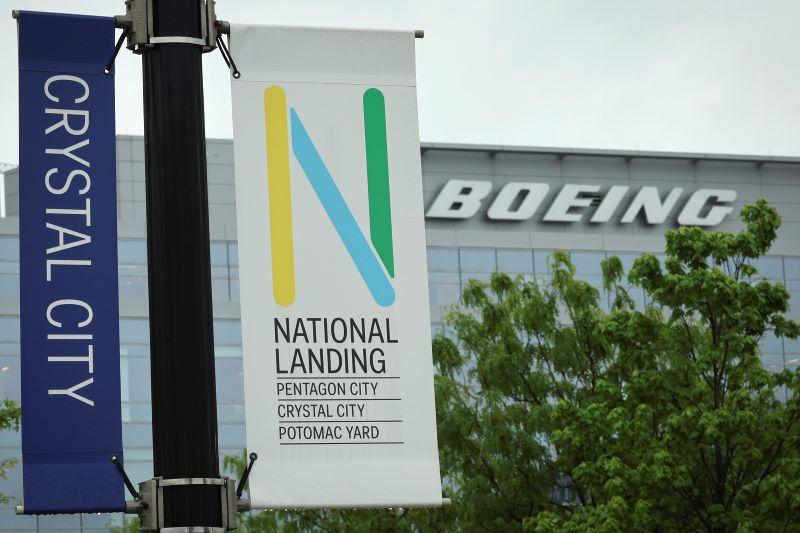
Boeing has firmly quashed any notion that it may develop an all-new airliner late in the 2020s by declaring that even if its on-going joint digital design and production initiative is perfected in time, the propulsion technology that will be needed for a minimum 20%-plus jump in fuel efficiency is still nowhere in sight.
Although Boeing has consistently played down any talk of an all-new airliner design since the cancellation of the New Midsize Airplane (NMA) in early 2020, it has previously stated that its priority continues to be focused on achieving digital design and manufacturing goals that will significantly reduce the cost of launching a new product.
Yet in the run-up to NMA, and even since its cancellation, Boeing earlier hinted that a new project could be feasible later in the 2020s if this over-arching digital production target could be achieved even with a relatively modest improvement in engine technology.
Now the company appears to be underlining that while it focuses on stabilizing production and development of the current portfolio there is no possibility of a new product launch until significant advances in both new digital and propulsion technology are in place.
“We won’t contemplate a new airplane—we won’t even put it on the drawing board until we know we’re capable of doing that,” says Boeing CEO and president Dave Calhoun. Speaking Nov. 2 at the company’s first investors day briefing since before the pandemic he adds, “these airplanes get invented about every 15 years or so. They’re not typically invented to fill a niche or some product gap you think you have relative to portfolios, etc. They have to offer an improvement that incentivizes the airlines to want to get them sooner rather than later and displace airplanes that they currently [operate].”
The performance improvement in efficiency needed to do that has to be at least 20%, says Calhoun. “It’s got to be 20% better than the other airplanes that they can buy in the existing portfolio,” he says. “There is nothing proven in the propulsion side of the house—nothing—that’s going to deliver that in this decade.”
Despite the growing number of advanced propulsion concepts now under study—including the GE Aerospace-Safran CFM International Revolutionary Innovation for Sustainable Engine (RISE) open fan; new Pratt & Whitney geared turbofan studies; and several more hybrid, geared and hydrogen-fueled proposals from GE and Rolls-Royce—Calhoun says none will be close to the maturity or performance level needed within the next seven-year timescale. “There are concepts—but there is nothing that’s going to do it,” he adds.
“My guess is when they [the engine makers] do it, it’ll be somewhere around the 10% [fuel burn improvement] at the high end—probably something south of that. And without a real invention on the wing, it’ll never spell mother. So, we’ve got those two factors and then we have this sustainability question attached to both of those—we have to make an appreciable difference on sustainability. So, if it feels like new news than it is.”
Calhoun insists the company must stay the course on its long-term lower cost digital manufacturing goals and maintain “the discipline to build these underlying technologies, so that the next one is truly differentiated. That is what we’re focused on and we’re invested in. But I don’t think we’re going to even get to the drawing board this decade,” he adds.
In the meantime, Boeing is focusing its sustainability efforts on certifying every one of its commercial products to run on 100% sustainable aviation fuel by 2030, and by studying more advanced design concepts like the transonic truss-braced wing for potential developments in later years.
The company’s current product development list is also busy with on-going efforts to complete certification of the 737-7, -10 and 777-9 as well as development of the forthcoming 777-8F freighter and 777-8 passenger derivatives. Boeing is also evaluating the launch of a 787-9XF freighter variant and, in the nearer term, is developing higher gross weight options of the 787-9 and 787-10.






Comments
Boeing is correct in cutting their losses, using the next few years to fix the multiple problems with their current products, restore their balance sheet, and work on R&D for the next generation.